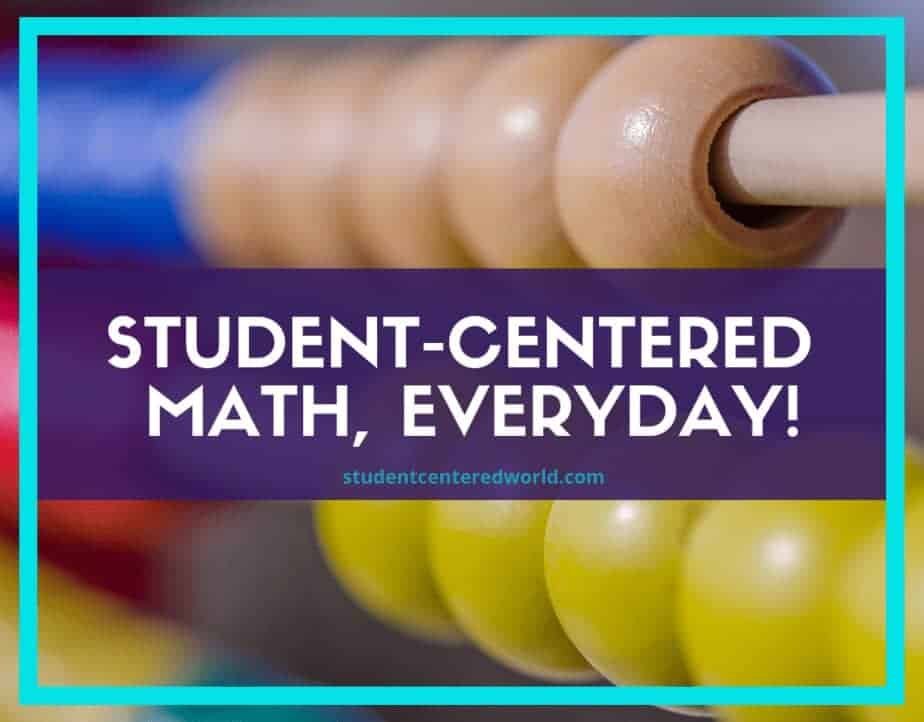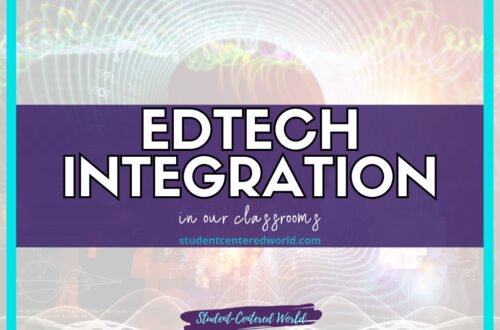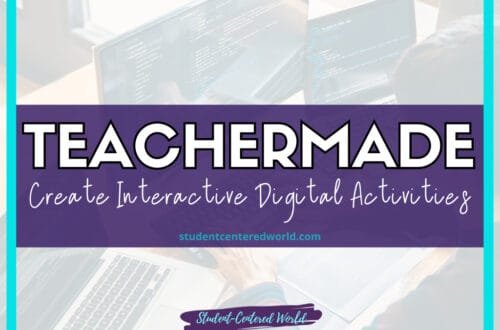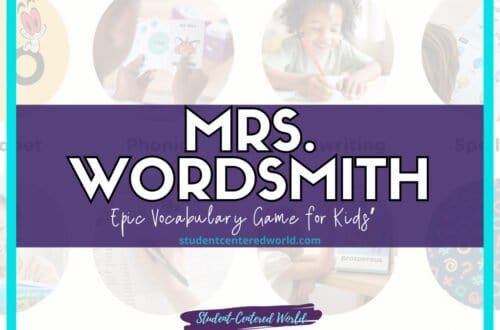Gizmos by Explorelearning: STEM fun for Learning
Gizmos is an invaluable tool in modern classrooms, transforming traditional learning methods through interactive science simulations. Designed by Explore Learning, they provide teachers with an extensive collection of digital resources to make science, technology, engineering, and mathematics (STEM) subjects more accessible and enjoyable for students. Here’s a deeper dive into why Gizmos are effective, how to get started, and how they benefit both teachers and students, especially those in grades 3-12.
Step into my series as I unveil an array of cutting-edge educational technology tools suitable for the classroom. This collection features tools that bring you a mix of the classics you love and some cool hidden gems – because we all know the best tools aren’t always the ones in the spotlight.
The Value of Gizmos in the Classroom
At the heart of Gizmos is their ability to bridge theoretical knowledge with practical, real-world applications. For example, teachers can use STEM cases within Gizmos to help students navigate complex topics like genetics, physics, and environmental science. These simulations enable students to conduct virtual experiments and observe results in real time, making abstract concepts more tangible. Instead of passively reading or memorizing facts, students engage in a hands-on experience that simulates the real-world impact of their actions. They can observe how changing an initial condition in a chemistry experiment might lead to unexpected chain reactions—a visual and interactive method far more engaging than a textbook explanation.
Moreover, Gizmos aligns with Common Core State Standards and other curriculum requirements, ensuring teachers can incorporate them seamlessly into their lesson plans. This alignment means that students aren’t just playing games; they are meeting educational benchmarks and developing essential skills. Teachers find Gizmos to be an effective way to address topics that might otherwise feel disconnected from the students’ real lives.
How Gizmos Benefit Students
The benefits of Gizmos extend far beyond just having “so much fun.” Gizmos promotes active learning by immersing students in a world of Gizmos where they feel empowered to experiment and solve problems independently. This form of learning fosters a sense of accomplishment, as students feel they’re genuinely mastering new skills rather than simply completing assignments.
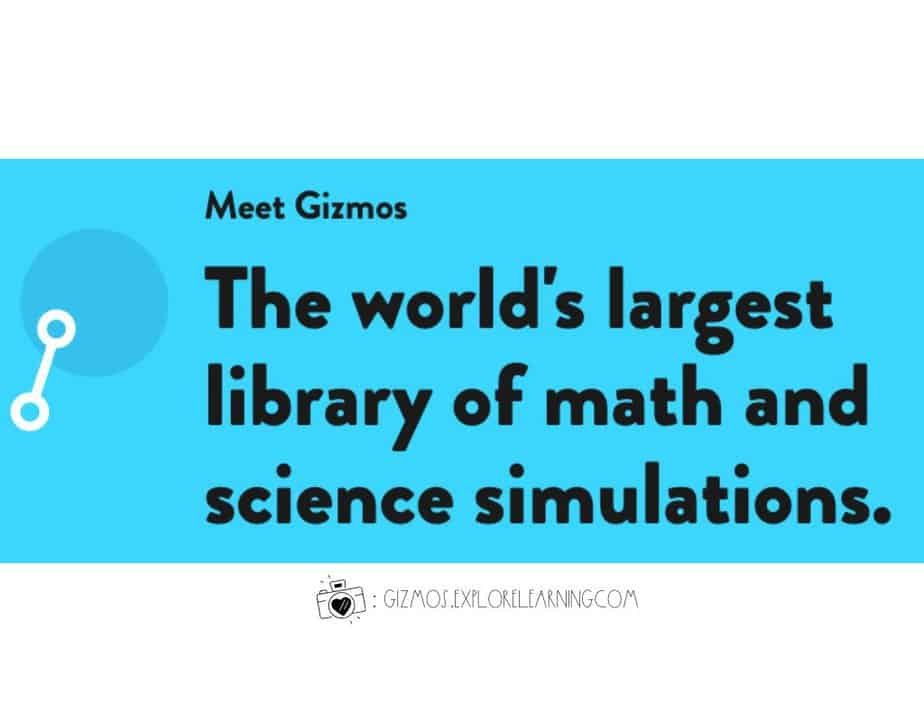
One of the key strengths of Gizmos is its ability to accommodate young adventurers in 3-12 classrooms. Unlike traditional methods, which can feel static and disconnected, Gizmos provides a dynamic environment that appeals to students’ natural curiosity. For instance, if students are learning about ecology, a Gizmo simulation might allow them to adjust various environmental factors, like rainfall or temperature, and observe the effects on a virtual ecosystem. This experience helps students make connections between scientific principles and real-world applications, promoting a deeper understanding of the subject matter.
Moreover, Gizmos’ game view feature transforms learning into a familiar format for students who may already be accustomed to navigating virtual worlds. Just like the latest video games, Gizmos present interactive graphics and allow students to “play” with scientific phenomena. This approach is especially helpful for students who struggle with traditional methods of instruction; by reframing the material as a game, they’re more likely to engage and retain information.
Another unique benefit is the scene view feature within many Gizmos. This feature allows students to observe scientific processes from multiple perspectives, providing a comprehensive view of complex concepts. For example, in a Gizmo about astronomy, students might use scene view to explore different aspects of planetary movement, helping them visualize the vastness of space and the interactions between celestial bodies. This approach caters to visual and kinesthetic learners who benefit from seeing science in action.
Starting with Gizmos: A Step-by-Step Guide
For teachers who are new to Gizmos, here’s how to get started:
- Register with Meta Accounts on Explore Learning: The first step to accessing the wealth of resources Gizmos offers is by setting up a meta account on Explore Learning. Through this account, teachers gain access to a variety of interactive tools, including lesson plans, vocabulary sheets, and assessment questions. This setup is designed to streamline the Gizmo experience, offering teachers a user-friendly platform with all necessary materials.
- Select and Customize a Gizmo Simulation: Gizmos cover a range of topics across grade levels, ensuring there’s something valuable for each subject and grade. Teachers can choose simulations based on specific standards or topics they want to address. For instance, if they’re teaching about energy and matter, they might select a Gizmo that allows students to manipulate variables and observe different energy transformations. With each electronic Gizmo, teachers can adjust elements within the simulation, tailoring the activity to align with their teaching objectives.
- Engage Students in the Activity: Once the Gizmo is selected, students can dive in and explore. Each simulation operates like a mini digital playground where students experiment, make decisions, and observe the outcomes. These activities are structured to feel much like navigating party rooms or testing out new Gizmos in a world of attractions, which means students are engaged and attentive. For example, a simulation about physics might place students in a scenario where they have to solve a test problem by adjusting forces or angles, encouraging them to think critically.
- Assess Understanding and Provide Feedback: Gizmos include built-in assessment questions that teachers can use to gauge comprehension. These questions help teachers determine whether students grasp key concepts or need additional support. Teachers can track individual progress, analyze common misconceptions, and tailor future lessons accordingly.
Additional Classroom Benefits
Gizmos also provide resources and functionalities that make life easier for teachers. Each Gizmo comes with lesson plans and vocabulary sheets tailored to the simulation, meaning teachers can jump straight into the content without having to spend hours developing supporting materials. These resources are ideal for busy educators who want to maximize classroom time and minimize preparation.
Furthermore, Gizmos includes tools that make assessment and tracking simpler. Assessment questions built into each Gizmo allow teachers to gather real-time data on student comprehension, enabling them to adjust lessons on the fly. Teachers can easily identify common struggles or misconceptions and provide targeted support where needed. For example, if a Gizmo on photosynthesis reveals that students are struggling with the concept of energy transfer, the teacher can use this feedback to revisit key points or provide additional resources.
Building Confidence and Curiosity
Teachers who incorporate Gizmos often notice that students show increased confidence in their learning. Each simulation challenges students to solve problems, apply their knowledge, and adjust their thinking based on immediate feedback. This approach encourages a growth mindset, as students see firsthand that it’s okay to make mistakes and learn from them.
In the end, Gizmos offers a revolutionary approach to education, allowing teachers to engage students in ways that foster curiosity and a love for learning. The combination of interactive features, real-time assessment, and curriculum alignment means that Gizmos can easily become a go-to resource for any science or math classroom.
Stop Driving the Teacher Struggle Bus
Are you struggling with student engagement, apathy, or keeping your class on track?
💫💫 There’s hope! 💫💫
If you’re ready to take the first step towards reviving student engagement and transforming your classroom, I invite you to join me for my free workshop “Reversing Student Apathy” designed to equip educators with innovative strategies that work.

This free teacher workshop offers educators a valuable opportunity to explore and address student apathy. By examining its causes and discussing strategies, participants will learn how to make meaningful changes in their teaching methods that are actually working. The sessions are engaging and collaborative, allowing educators to share experiences and develop a collective approach to improving student engagement.
Highlights include:
- Understanding the roots of student apathy and its impact.
- Strategies for enhancing classroom dynamics.
- The importance of educator-student relationships.
- Innovative teaching approaches for today’s students.
By the end of the workshop, you will not only understand what you need to accomplish to stabilize the 4 pillars of your classroom, but you will also walk away with 5 tangible ideas to try in the classroom the very next day.
Join today to be part of the solution to reigniting student enthusiasm and engagement.
